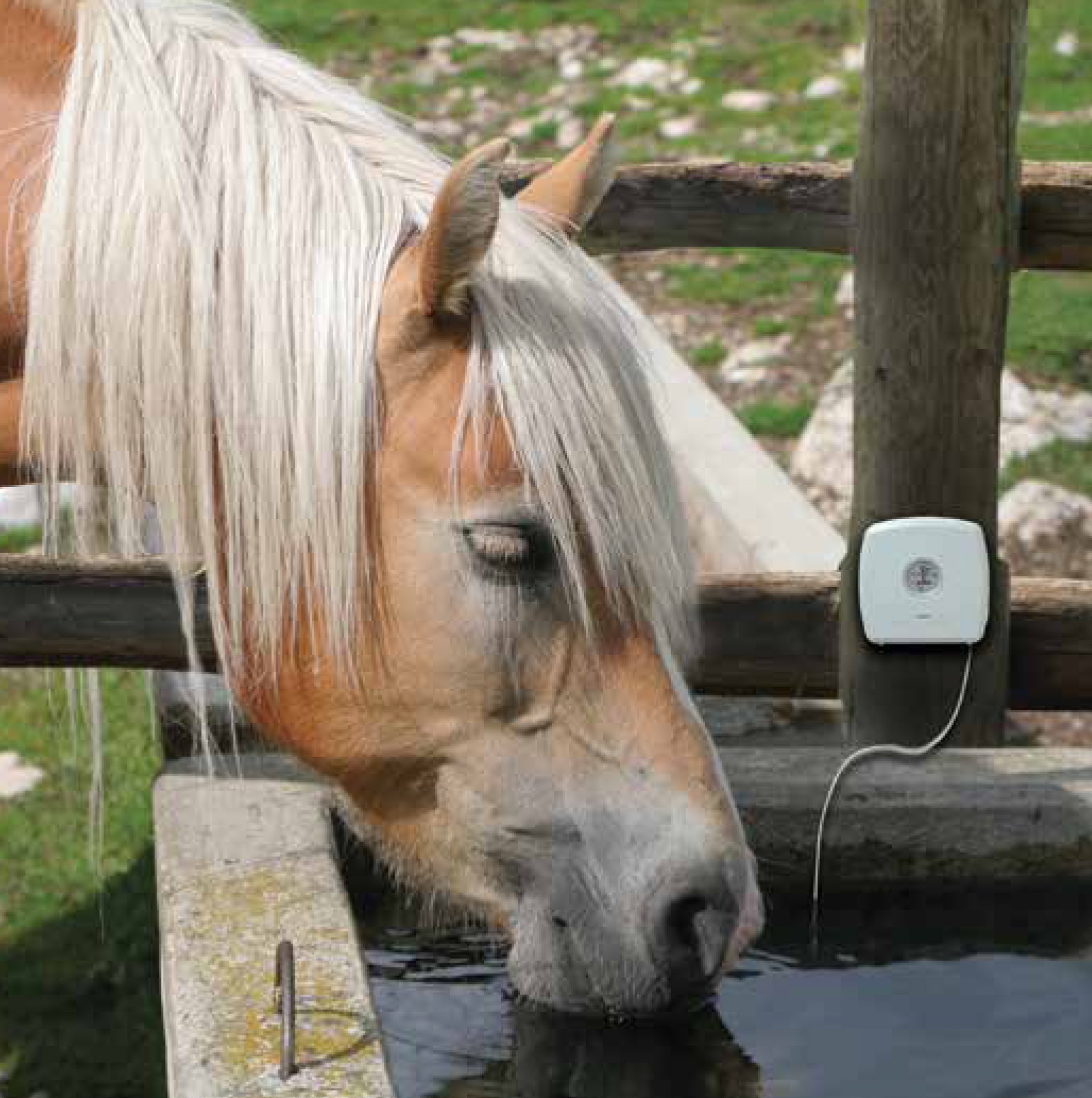Monitoring Safe Conditions for Horses
Monitoring Safe Conditions for Pets
If you want your pets to be happy and healthy, it’s important to maintain proper environmental conditions. Whether we’re talking about dogs, cats, fish, birds, reptiles, small mammals or even horses, the wrong conditions can lead to illness, poor general health…or even worse. Depending on the animal, it may be highly sensitive to temperature and/or humidity. And if your pet lives primarily outdoors, it’s crucial to keep a close eye on weather conditions to make sure they are safe. Your best bet is to educate yourself on the specific environmental conditions your pets require, and then closely monitor those conditions with your own pet monitoring equipment.
Monitoring safe conditions for horses
Problem
Horses have what is known as an upper and lower “critical temperature.” This means that the animal has difficulty maintaining a heathy core temperature above or below this range. The range can vary based on how the horse was groomed and the state of its natural coat. Also, in winter conditions, a horse can get dehydrated if its water trough freezes.
Solution
Most horses are comfortable in typical outdoor conditions, provided they are groomed and well cared for, regularly exercised, properly fed and watered, and have access to shelter from rain, sun, and other elements. In the peak of summer and winter, however, it’s important to monitor outdoor temperature humidity and be ready to take action a horse’s upper or lower critical temperature range is exceeded. Above a horse’s critical temperature, you might need to take steps to cool your horse down, such as applying a sponge bath. Below a horse’s critical temperature, the animal may need to be blanketed. In the winter, it’s also crucial to monitor the temperature of a horse’s water supply.
The recommendations listed below are general guidelines on safe temperature conditions for horses. ALWAYS check with your veterinarian for specific care instructions:
- Critical Temperature for Horses - Winter: Winter temperature recommendations for horses will largely depend on whether or not your horse was clipped, and/or if the horse becomes wet:
- A dry, clipped horse will grow cold below 40 degrees Fahrenheit (5 degrees Celsius).
- A dry horse with a full winter coat will grow cold below 18 degrees Fahrenheit (-8 degrees Celsius).
- A wet horse will generally get cold at temperatures 10-15 degrees Fahrenheit (5-8 degrees Celsius) higher than a dry horse.
Critical Temperature for Horses - Summer : Horses have a difficult time regulating temperature above 90 degrees Fahrenheit (32 degrees Celsius). Make sure your horse has access to cool water (ideally kept between 45-64 degrees Fahrenheit (7-18 degrees Celsius) plus plenty of access to shade, cooling fans, a water misting system, and salt.

AcuRite Solutions & Tips
- Monitor Temperature and Humidity Conditions: Position AcuRite Room Monitor in areas you wish to track temperature conditions for your horses, such as in or around a stable or barn.
- Monitor Outdoor Water Troughs to Prevent Freezing: Position the tip of a Liquid Temperature Sensor in a water trough to warn you of freezing water. NOTE: Horses are known for chewing on and eating things that are loose, so take care to keep the sensor shielded from prying muzzles.
- Use a Home Environment Display for convenient viewing of conditions measured by multiple Monitors and Sensors in multiple areas your horses frequent.
- Track the weather forecast on the display to help anticipate oncoming storms or other situations where horses may need extra care.
- Set alarms on the display to alert you of hazardous conditions, includeing:
- Freezing water trough
- Dangerously low or high temperatures
Learn More About Safe Pet Habitats
There are many great resources on maintaining a healthy pet habitat. Here are a few examples:
- Petco offers series of guidelines for setting up a habitat for a variety of pets:
- PetSmart offers a resource page, organized by species, which includes information on terrariums, nutrition and more:
- The Humane Society offers these guidelines on building a shelter for outdoor cats:






